The very name Siem Reap conjures images of one stellar temple: Angkor Wat, the most beautifully preserved structure within the entire Angkor Archaeological Park complex, which spans a whopping 800 sq kms. A symbol of extraordinary artistic mastery and spiritual devotion, wrapped in a sprawling moat and accessed via a sweeping causeway.
But as much as Angkor Wat, the first temple to be discovered by the French, is an iconic world landmark, it is really just a taster of Angkor’s head-swirl of ancient treasures. There’s another ruin that stole my heart, eliciting a stronger emotional connection than Angkor Wat. My Wendy Wu Tours guide, Mao, ushered me to Angkor Thom, well before the heaving hordes descended on the scene.
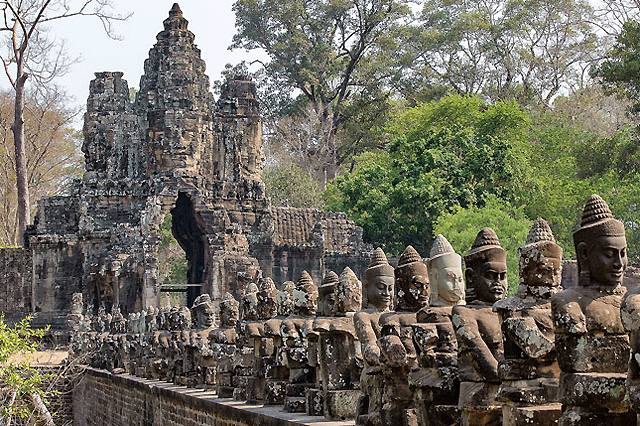
Translating as “Great City”, this walled and moated royal capital was the last constructed under the Khmer empire, by King Jayavarman VII, in the 12th century. Mao led me to the staggering South Gate, where on either side of the road, a stone causeway is festooned in 108 sculptured demons and gods, locked in a tug of war with a nine-headed snake, in a scene played out from Hindu mythology.
Like Angkor Wat, Angkor Thom is surrounded by moats, which were principally designed as an engineering measure – not as fortification. The body of water helped maintain the structural balance of the sandstone foundations of the temple complex, combating the threat of stones cracking and slumping. Once inside the South Gate, shafts of golden sunlight streamed through the leafy forest, as cicadas droned lustily, cheeky monkeys scampered and elephants stood sentinel, awaiting the another day’s toil lugging lazy tourists about.
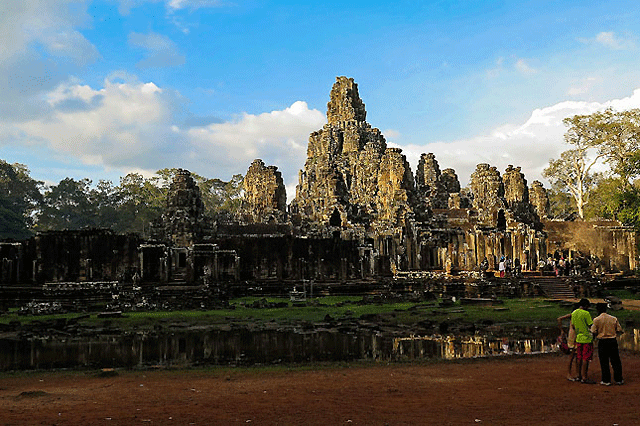
Mao strongly dissuaded me about recommending these treks – sadly these graceful, lumbering animals are atrociously treated. Beyond the forest glade, I stood before the prize draw, Bayon Temple, stunned, slack-jawed and bedazzled. It is like nothing else in the land. A magical, eerie, and mysterious place, where 54 sculpted towers pierce the skyline, extravagantly carved with curiously smiling faces, as enigmatic as Mona Lisa.
In fact, many locals refer to Bayon as the Mona Lisa of Southeast Asia. No fewer than 216 carved faces, in deep-relief, infuse the temple with a soothing, feel-good calm. It’s the same face, masterfully replicated, with a broad forehead, slightly curved lips, downcast eyes and wide nostrils. On the third level of the temple, your zoom lens will have a ball capturing these endearing carvings.
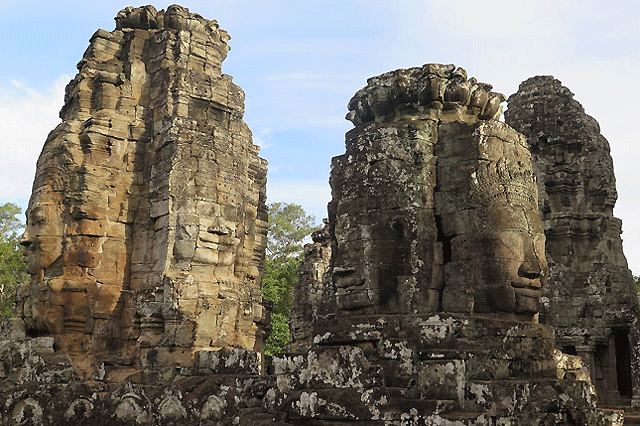
The face is believed to be a depiction of the king, himself. Donald Trump would approve. The large central tower, or Prang, is pockmarked with 16 small coves, where kings and high priests would meditate. After being abandoned in the 16th century, in 1933, French archaeologist George Groslier excavated the main prang only to unearth a colossal statue of King Jayavarman hidden underneath.
As we continued exploring the temple, we interacted with beaming elderly matrons selling Buddhist incense sticks, giving you the opportunity to make offerings, in a very non-pushy, Buddhist way. I also lapped up the bas-relief galleries speckling the temple, depicting an empire full of stories and legends, illustrating warfare and spirituality. Check out the grisly images of crocodiles eating the carcasses of fallen soldiers. What a way to go.
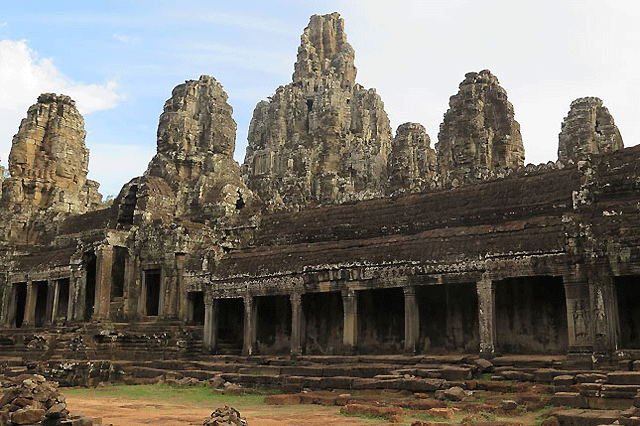
You’ll glimpse spear-toting Khmer soldiers riding elephants, a crouching lady getting burned on a fire, a man handing a turtle to a chef and soldiers sacrificing a buffalo to ensure good luck in battle. (You’ll notice a lot of bell-adorned buffalo strolling on the roads in this part of the world, prompting Mao to joke, “Why do our buffalo wear bells? Because their horns don’t work.”)
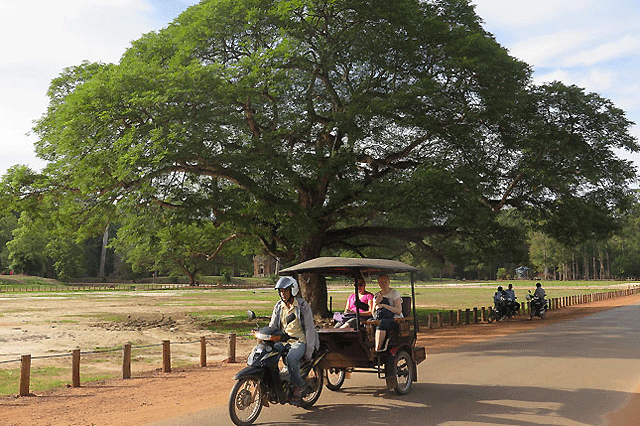
As much as Angkor Wat is monumentally magnificent, it’s the humanity and personality of Bayon that make it such a heart-stealer – and my favourite Angkor temple. Beyond the beauty of Bayon, head to the beautifully lush royal square in the Angkor Thom complex for two endearing spectacles.
The Elephant Terrace was the long performance terrace of the king, so named because of its exquisite reliefs of elephants, whose trunks double as decorative columns. The 350 metre long concourse serves up a theatrical carved medley of circus acrobats, wrestlers, and images of hunting elephants in the wild.
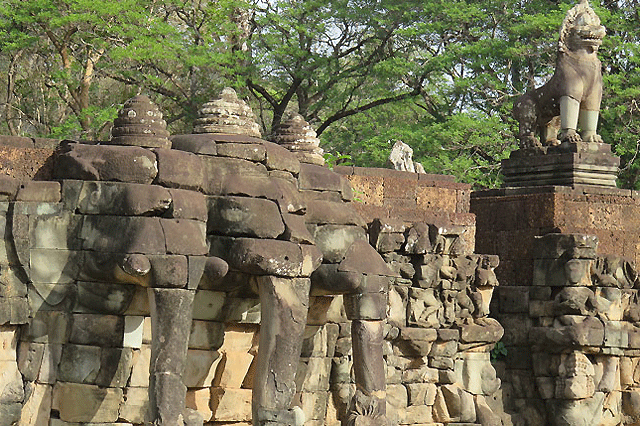
Right next door is the Terrace of the Leper King, which stays true to the spirit of grandeur during Jayavarman VII’s reign. Deep relief carvings cover the terrace, which is topped with a statue of the naked Leper King on the platform.
Who was the Leper King ? Mystery surrounds his origin, with a slew of theories, including the claim that statue got its name merely because of the lichen which grows on it. Whatever the truth, it’s another essential photo-stop in Angkor Thom. www.wendywutours.co.nz



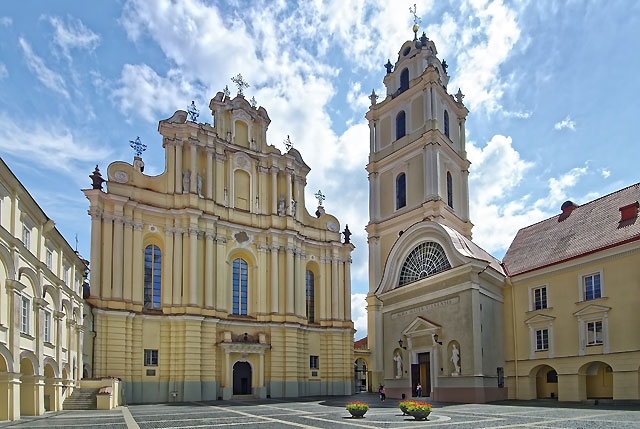
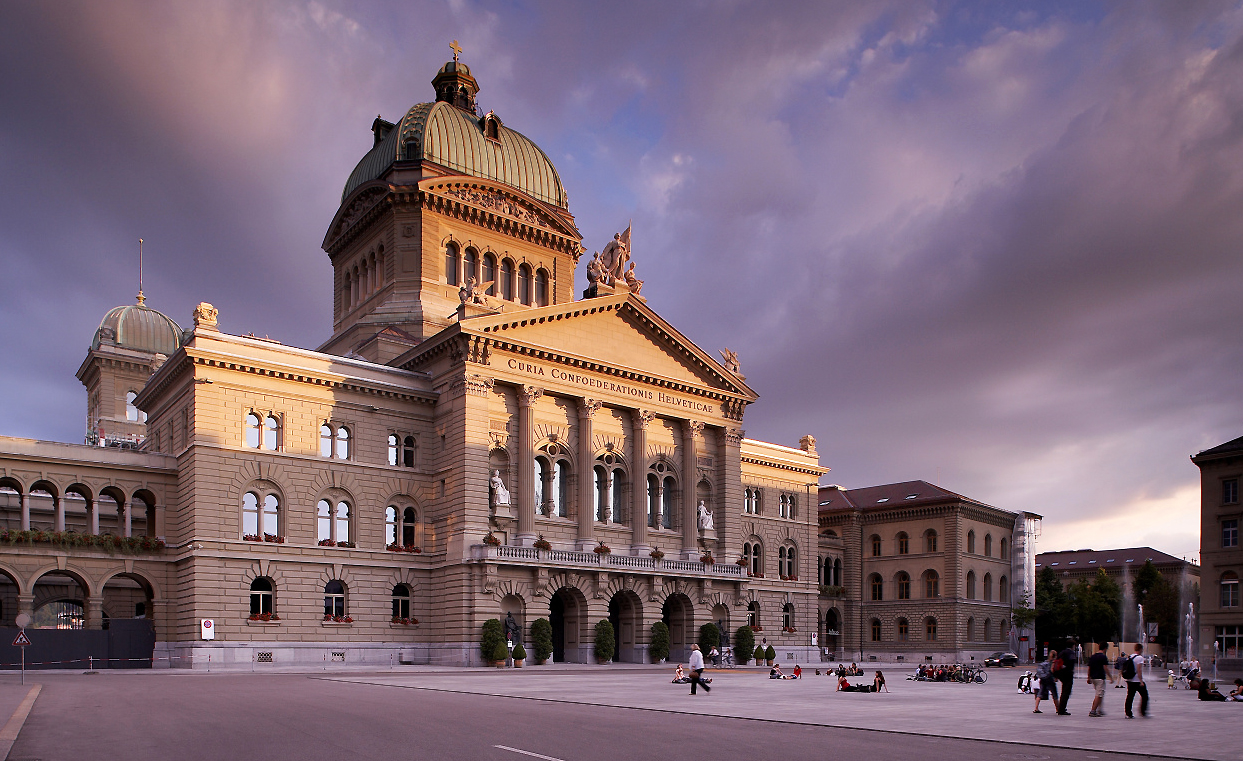
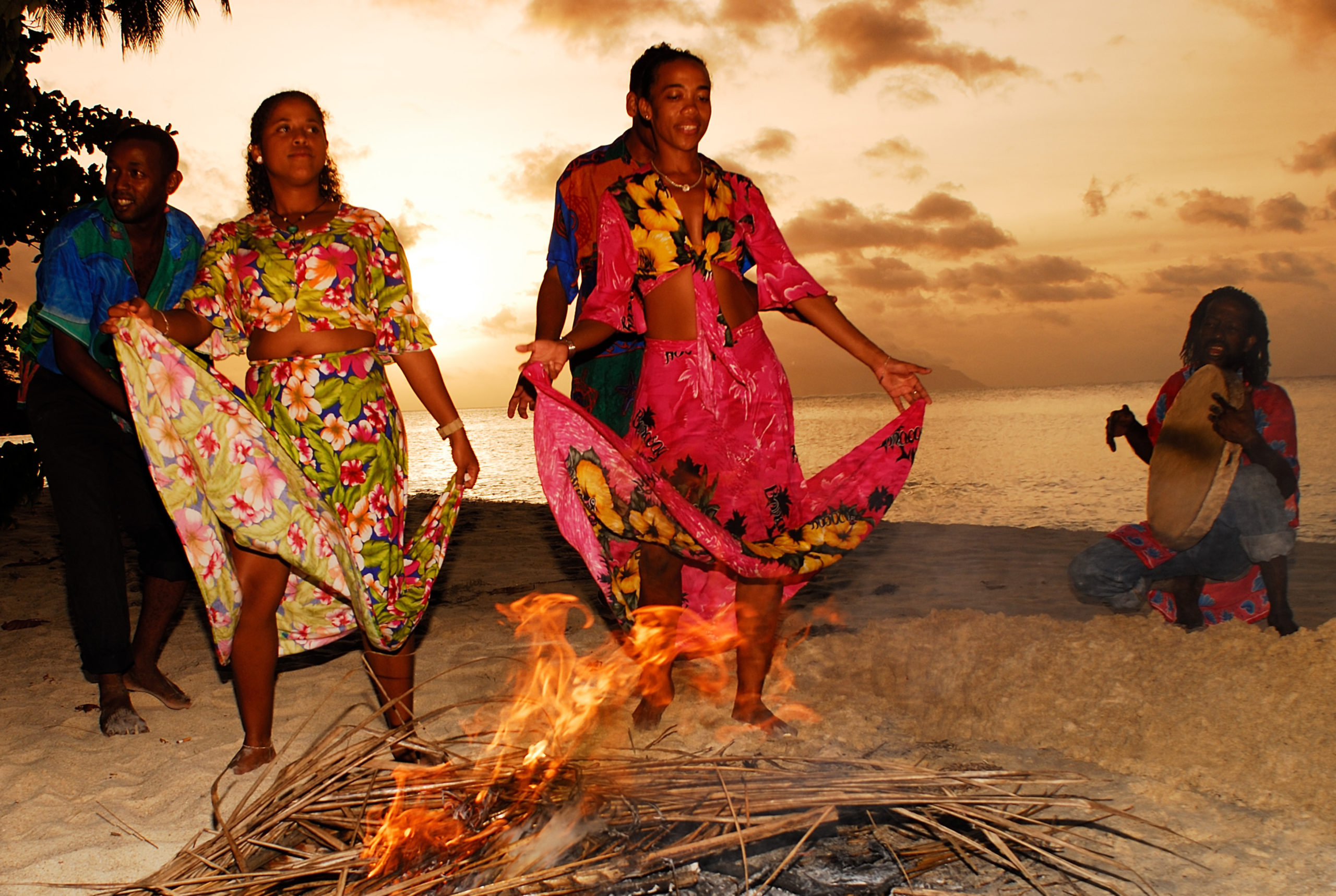
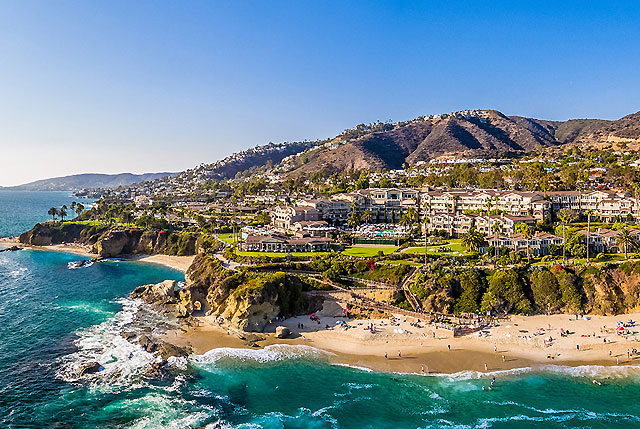
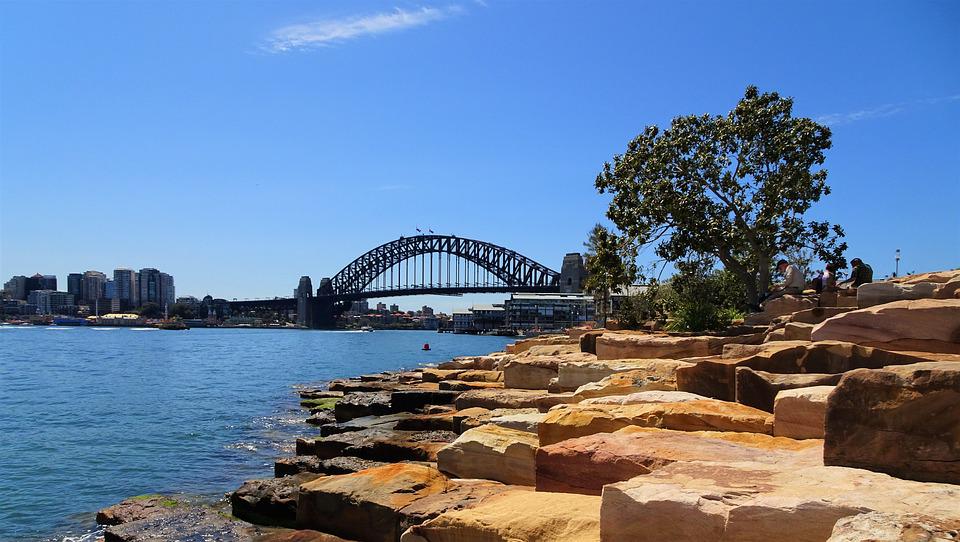
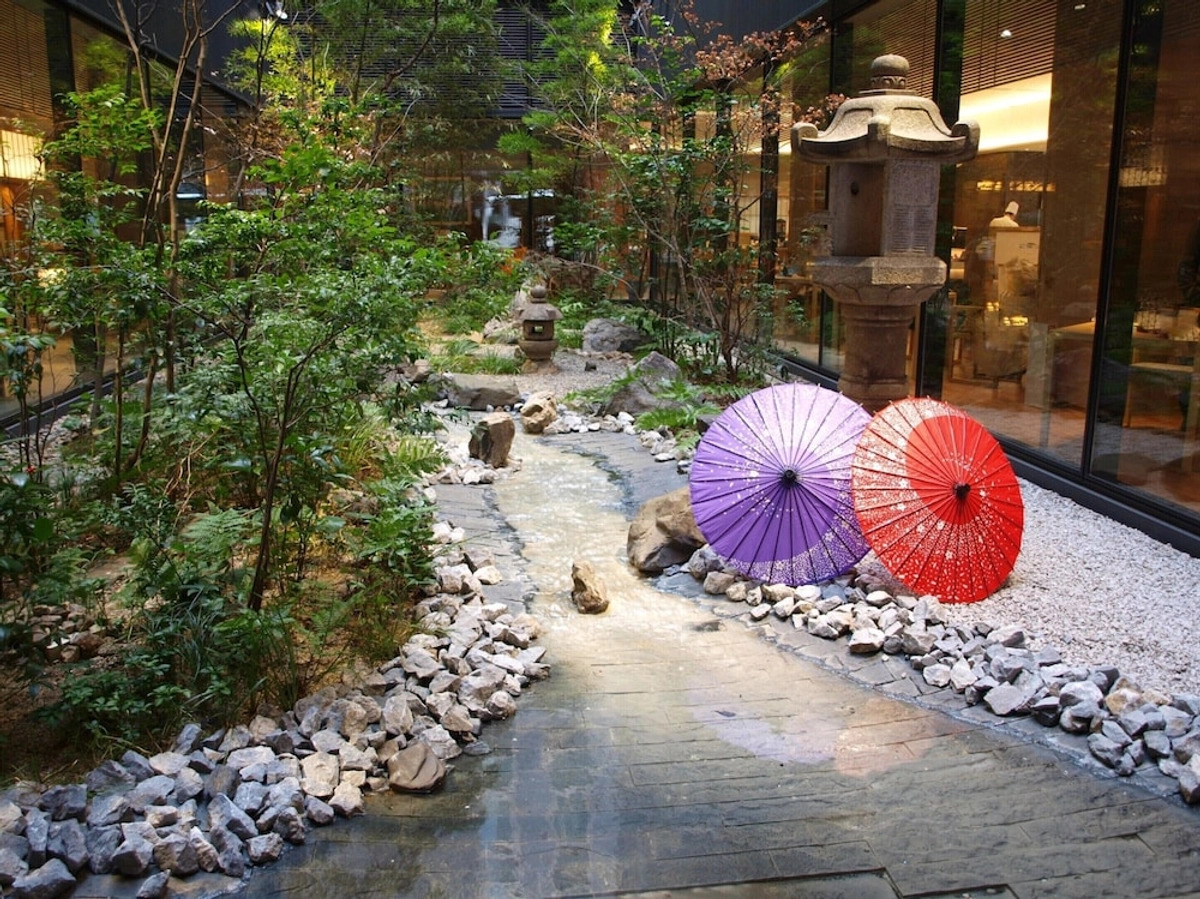



Recent Comments